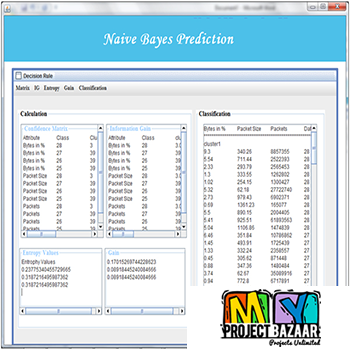
Segmentation of Intracranial Vessels and Aneurysmsin Phase Contrast Magnetic Resonance Angiography Using Multirange Filters and Local Variances
Product Description
Segmentation of Intracranial Vessels and Aneurysmsin Phase Contrast Magnetic Resonance Angiography Using Multirange Filters and Local Variances
Abstract— Segmentation of intensity varying and low-contrast structures is an extremely challenging and rewarding task. In computer-aided diagnosis of intracranial aneurysms, segmenting the high-intensity major vessels along with the attached low-contrast aneurysms is essential to the recognition of this lethal vascular disease. It is particularly helpful in performing early and noninvasive diagnosis of intracranial aneurysms using phase contrast magnetic resonance angiographic (PC-MRA) images. The major challenges of developing a PC-MRA-based segmentation method are the significantly varying voxel intensity inside vessels with different flow velocities and the signal loss in the aneurysmal regions where turbulent flows occur. < Final Year Projects >This paper proposes a novel intensity-based algorithm to segment intracranial vessels and the attached aneurysms. The proposed method can handle intensity varying vasculatures and also the low-contrast aneurysmal regions affected by turbulent flows. It is grounded on the use of multirange filters and local variances to extract intensity-based image features for identifying contrast varying vasculatures. The extremely low-intensity region affected by turbulent flows is detected according to the topology of the structure detected by multirange filters and local variances. The proposed method is evaluated using a phantom image volume with an aneurysm and four clinical cases. It achieves 0.80 dice score in the phantom case. In addition, different components of the proposed method-the multirange filters, local variances, and topology-based detection-are evaluated in the comparison between the proposed method and its lower complexity variants. Owing to the analogy between these variants and existing vascular segmentation methods, this comparison also exemplifies the advantage of the proposed method over the existing approaches. It analyzes the weaknesses of these existing approaches and justifies the use of every component involved in the proposed method. It is shown that the proposed method is capable of segmenting blood vessels and the attached aneurysms on PC-MRA images.
Including Packages
Our Specialization
Support Service
Statistical Report

satisfied customers
3,589
Freelance projects
983
sales on Site
11,021
developers
175+Additional Information
| Domains | |
|---|---|
| Programming Language |
Would you like to submit yours?


















There are no reviews yet